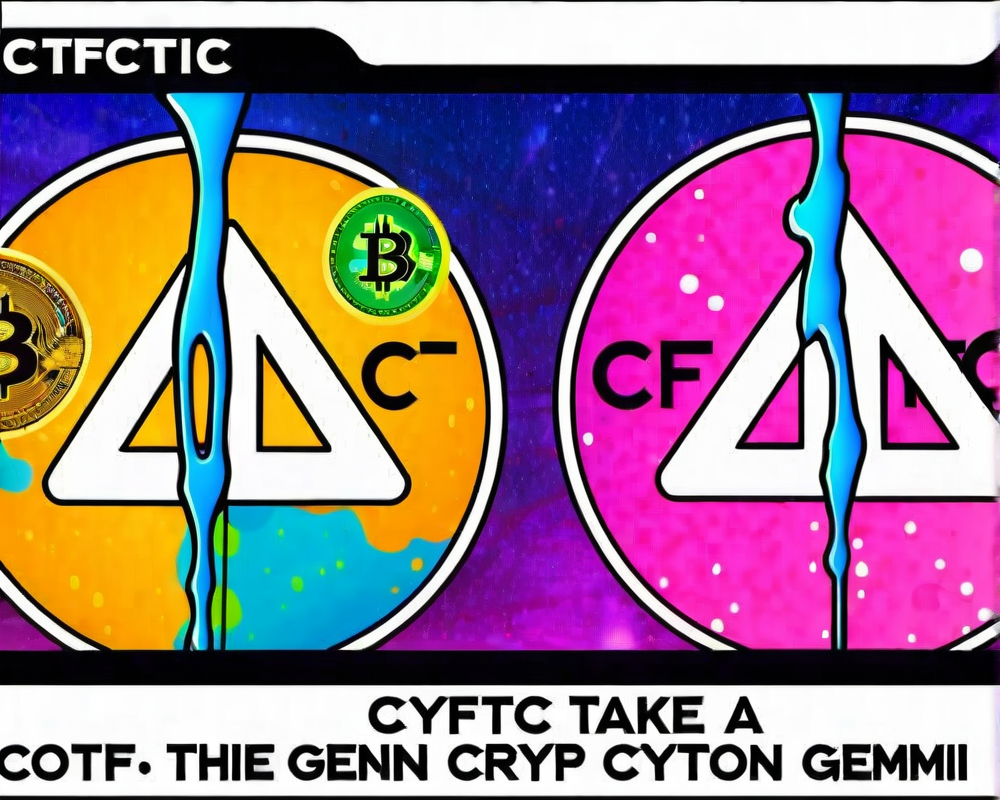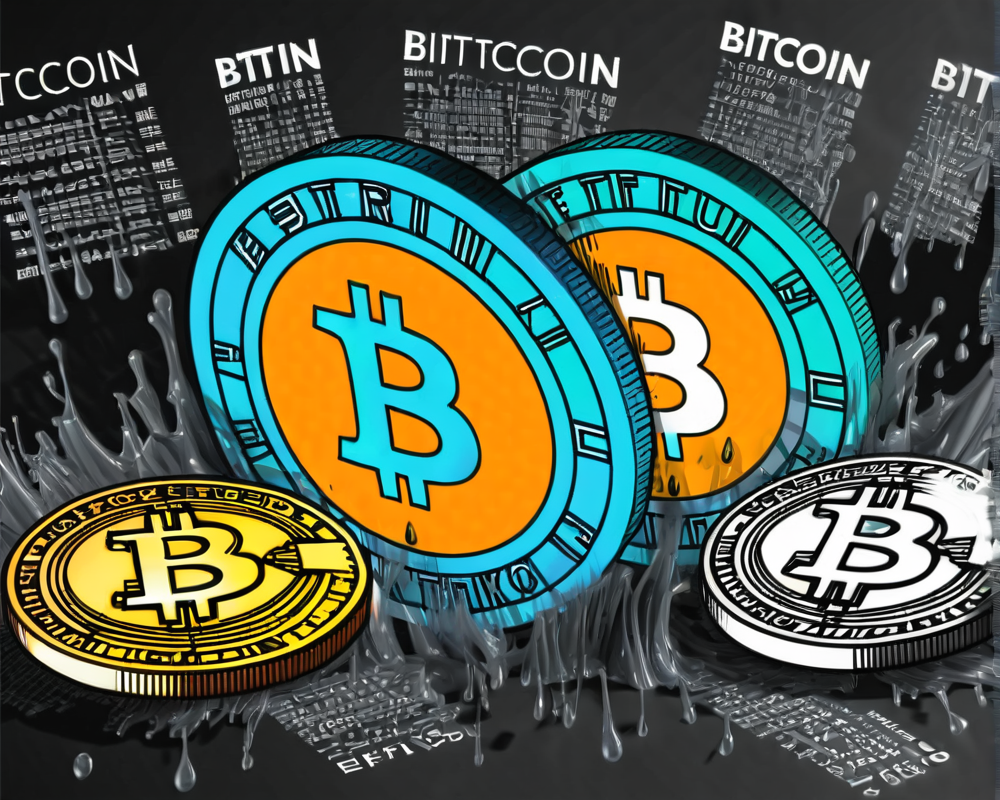The Deep Dive into DeFi Vulnerabilities
The recent report by the U.S. Treasury Department shines a bright spotlight on the murky waters of decentralized finance (DeFi). With the rise of DeFi platforms, the opportunity for bad actors, including those from the Democratic People’s Republic of Korea, to exploit these financial systems has surged. According to the “Illicit Finance Risk Assessment of Decentralized Finance,” released on April 6, 2023, it turns out that some DeFi platforms are like playgrounds for money laundering enthusiasts.
North Korean Shenanigans: Taking Advantage of Loopholes
When you think about North Korean hackers, they don’t just sit in dank basements playing video games – they’re out there exploiting vulnerabilities in DeFi platforms, like kids in a candy store. The report stated that the lack of adherence to Anti-Money Laundering (AML) and Countering the Financing of Terrorism (CFT) regulations is like rolling out a welcome mat for these scammers. With DeFi’s insufficient controls, it’s no wonder the funds are disappearing faster than cookies at a family gathering.
Reflecting on Financial Intelligence
Brian Nelson, the under secretary of the Treasury for Terrorism and Financial Intelligence, wasn’t coy about the issue. He said, “Illicit actors, including criminals, scammers, and North Korean cyber actors are using DeFi services in the process of laundering illicit funds.” If we want to enjoy the benefits of DeFi, we need to tackle these looming risks head-on. Think of it as putting on sunscreen before hitting the beach – nobody wants a nasty burn.
The Call for Supervision and Regulation
The U.S. Treasury’s findings are more than just an eye-opener; they’re a clarion call for better governance. The report recommends regulatory oversight on AML/CFT for DeFi platforms and emphasizes the importance of creating robust regulatory frameworks. This means that DeFi services can no longer operate without proper identification and prevention processes. We want to eliminate the instant and anonymous layering of illicit proceeds. So, let’s consider it: if you can’t identify your customers, chances are they might be trying to disappear with your money.
Future Directions and Executive Orders
In line with the executive order on digital assets signed by President Joe Biden in March 2022, the Treasury’s assessment indicates that multiple governmental pockets are investigating the intersection of digital assets and financial infrastructures. In essence, they want to know how these digital platforms affect our economic system. The September 2022 report underscored the need for countering illicit finance risks that cybercriminals are eager to exploit. After all, ignorance isn’t bliss here – it’s a liability.




